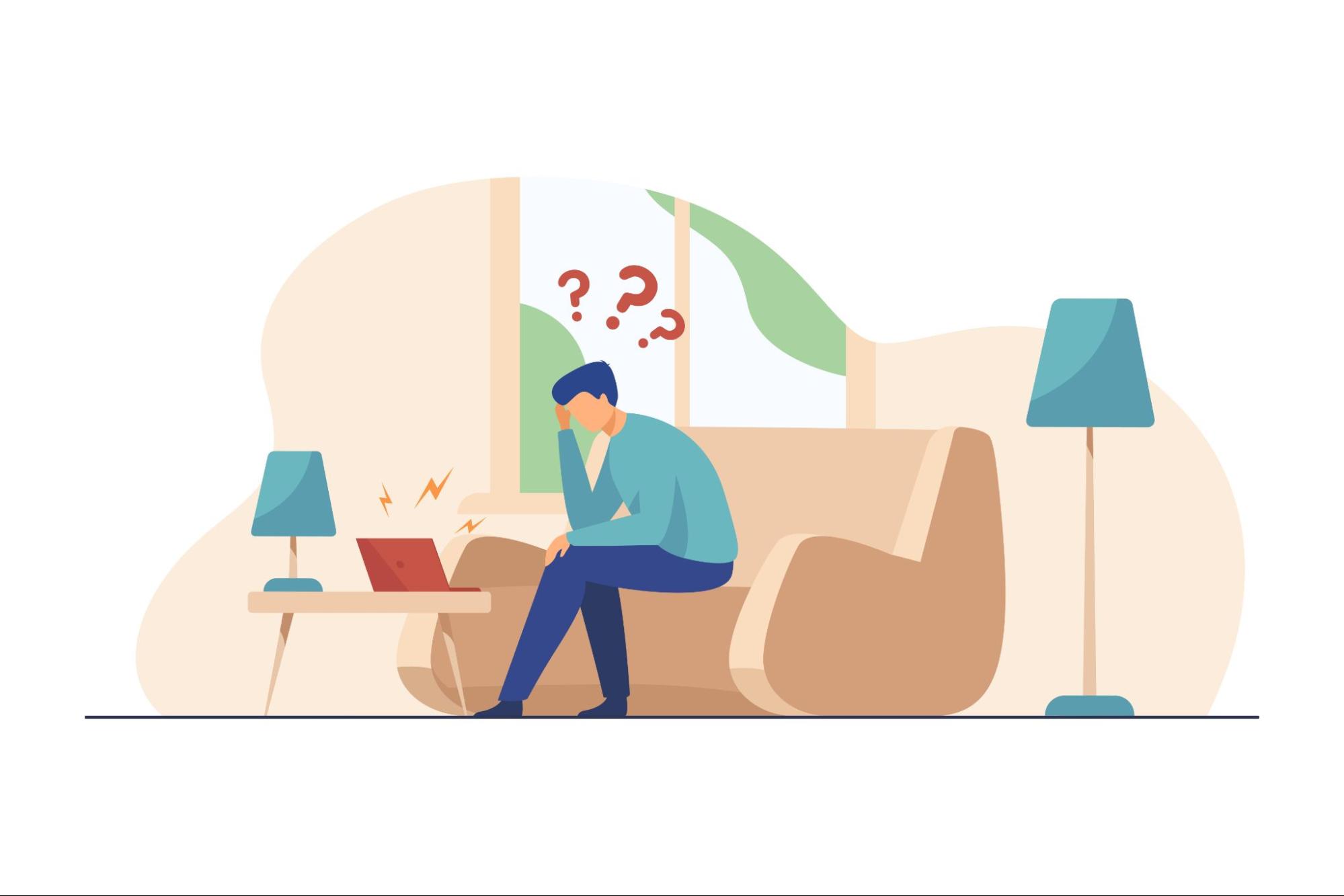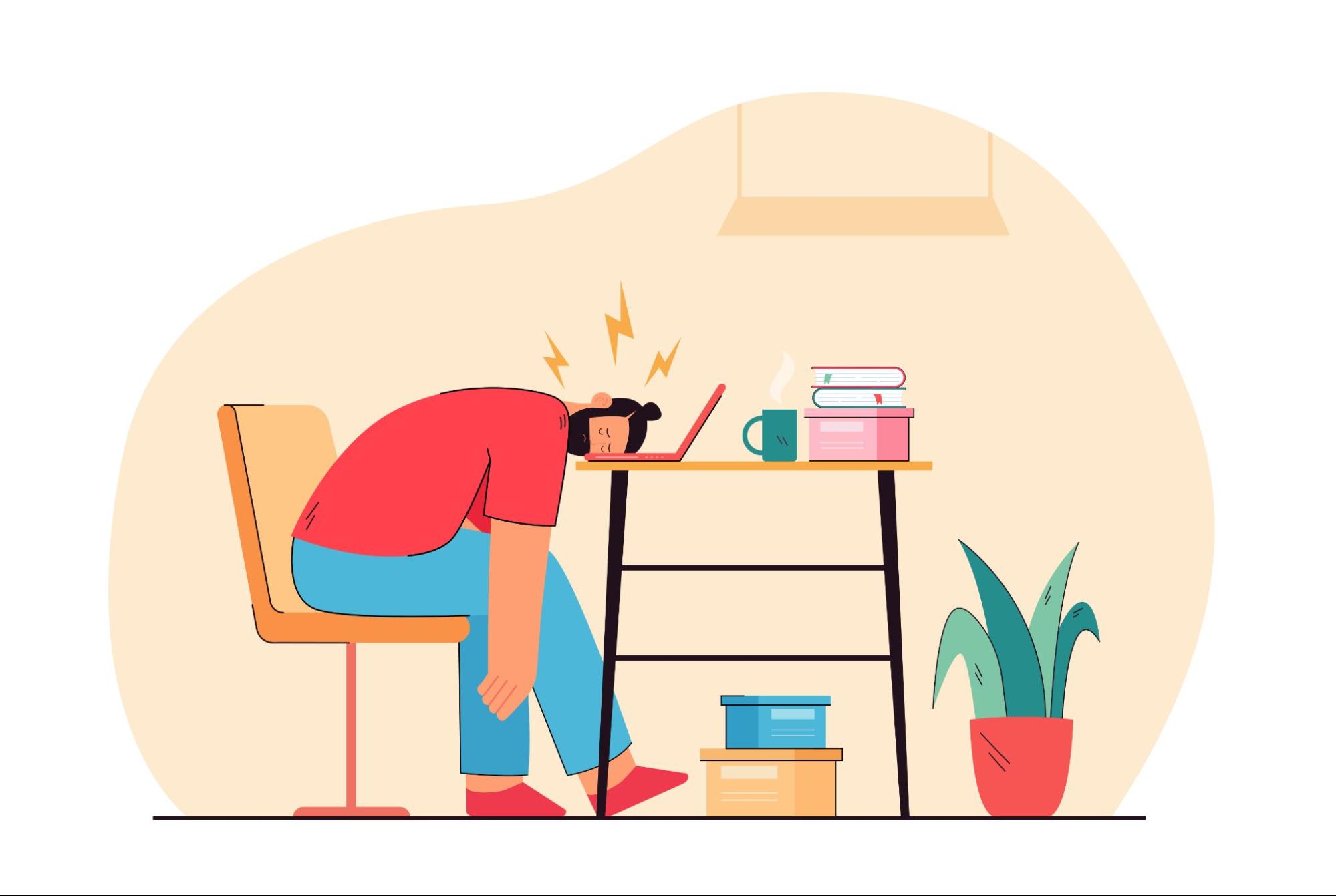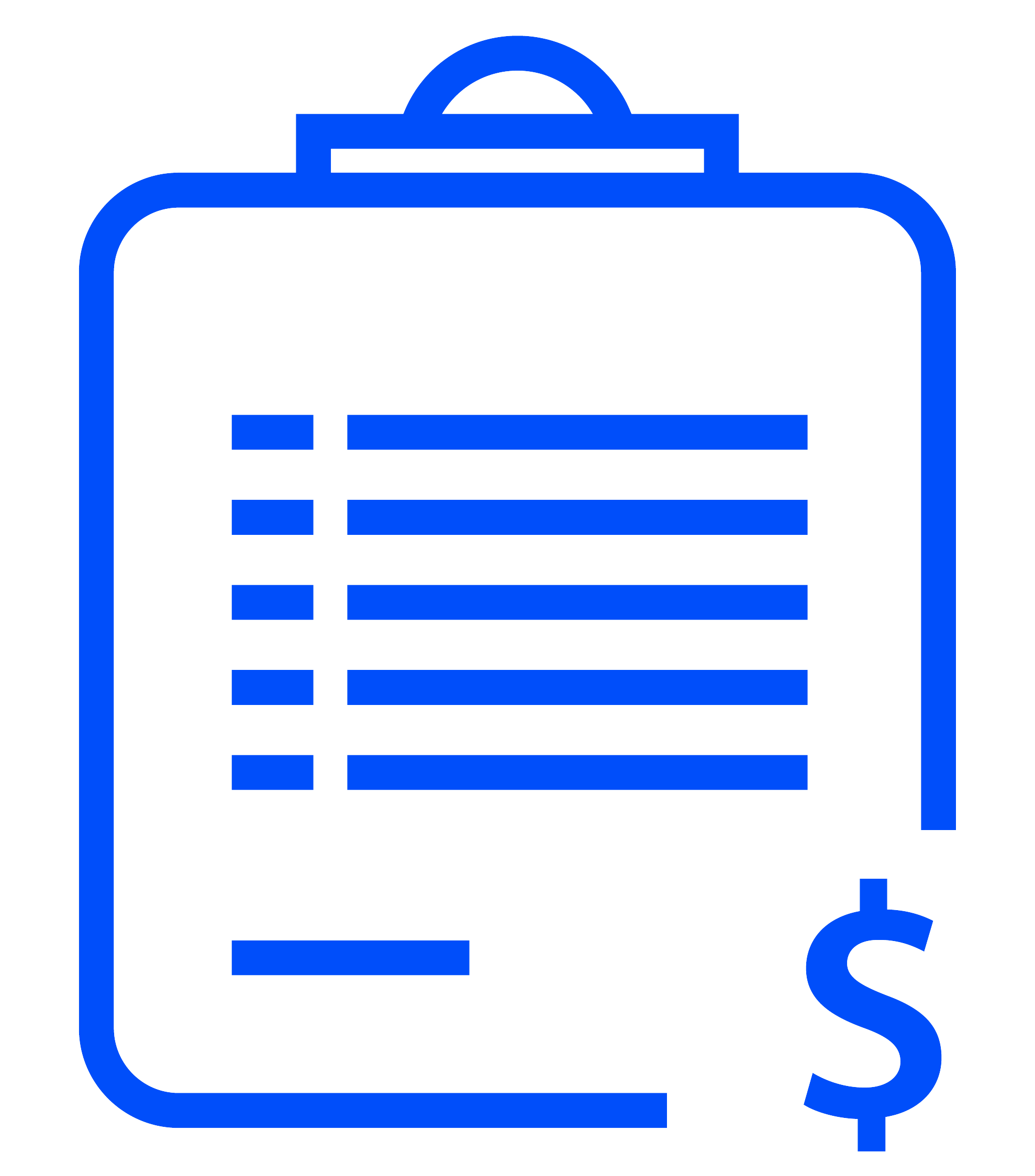Introduction
Decision fatigue is incredibly common and surprisingly draining. Here's why it happens and how you can reignite your energy and focus.
Every day, we're faced with countless decisions: What should you eat for breakfast? Which email should you respond to first? Who should take notes in your team meeting? What project will your team prioritize next? Which candidate will you hire? What route will you take home?
From trivial choices to consequential ones, we make an estimated 35,000 decisions daily. While having control can feel liberating, the constant need to make choices can be exhausting. This relentless decision-making process can leave you feeling depleted, foggy, and irritable. By the time you need to decide what's for dinner, you might feel incapable of making another choice.
Does this sound familiar? This phenomenon is known as decision fatigue. Still wondering what decision fatigue means? Let’s explore it in the next section.
What Does Decision Fatigue Mean?

Decision fatigue meaning is exactly what it sounds like when you're exhausted from making decisions. The concept is straightforward: the more decisions you make, the more drained you become. As a result, you might:
- Procrastinate on decisions: "I'll figure that out later".
- Make poor, hasty choices: "Let's just do it this way and get it over with”.
- Overanalyze to the point of paralysis: "I just need a little more time to think through our options".
The fundamental idea is that your energy for decision-making is finite. Each choice you make depletes this energy, leaving you feeling mentally exhausted and incapable of making further decisions.
Decision fatigue is a common psychological phenomenon observed across various professions and contexts, including nurses, judges, and credit officers. In essence, it can affect anyone.
What Causes Decision Fatigue?
What’s behind your frustration with making yet another choice? Several factors can contribute to decision fatigue, including:
- High Volume of Decisions: Simply put, the more decisions you have to make, the more fatigue you experience. This is why decision fatigue (and burnout) are more common in leadership positions, where the decision-making load is typically heavier.
- Consequential Decisions: The stakes of your decisions also matter. High-stakes or complex choices are more stressful and mentally draining, exacerbating the fatigue you feel.
- Elevated Stress Levels: Stress and decision-making create a vicious cycle. Stress hinders your ability to make decisions, and decision-making, especially under pressure, increases your stress and fatigue.
- Perfectionism: Those with a strong drive for perfection are likely to feel decision fatigue more intensely. The desire for flawlessness turns even minor choices into high-pressure situations, increasing stress and draining energy.
- Lack of Sleep: Physical and mental fatigue are closely linked, so inadequate sleep can significantly impact your experience of decision fatigue. Sleep restores cognitive function, and insufficient rest can make decision-making much harder the next day.
The Underestimated Costs of Decision Fatigue With Fatigue Example
If you've ever had to choose while feeling drained and exhausted, you know it can be a grueling process. But beyond being a major chore, is decision fatigue really that significant? The answer is yes. The most obvious consequence of decision fatigue is poor decision-making. When you're spent and unfocused, you tend to make worse choices. This manifests in various ways, both individually and within a team:
- Decision Avoidance: You procrastinate or avoid choosing until it's absolutely necessary (or the decision is made for you).
Example: Your team keeps delaying the conversation about whether to send representatives to an industry trade show. Eventually, the registration deadline passes, and you can no longer attend.
- Cognitive Biases: A tired brain looks for the easiest way out, often defaulting to old perceptions and processes (even if they're incorrect) simply because they're familiar and comfortable.
Example: Your team decides to move forward with an ambitious project timeline without first confirming its feasibility with key team members and stakeholders. This is a classic example of optimism bias, where you overestimate the likelihood of positive outcomes.
- Decisional Conflict and Regret: Decision fatigue can lead to increased doubt and debate about a decision, as well as a sense of uneasiness and regret once the decision is made.
Example: After much back and forth, your team agrees to eliminate a feature from your product roadmap. Almost immediately, several team members express concerns about whether it was the right move.
In short, decision fatigue directly translates to making suboptimal decisions – whether they are slow, rushed, biased, unsupported, or contested.
6 Tips to Combat Decision Fatigue on Your Team

To make logical and informed decisions, you and your team need to keep decision fatigue at bay. Here are a few strategies you can apply both individually and team-wide:
Set Up Some Systems
One way to avoid getting tired of making decisions is to make fewer of them. It might seem impossible, but there are relatively minor things you can do to minimize the number of decisions you need to make:
- Make a Decision Once: Mark Zuckerberg wears the same gray t-shirt every day for this reason. Similarly, having taco Tuesdays at home means one less decision to make each week. Making a single choice that you can repeat reduces your cognitive load.
- Create Templates: Templates help you avoid feeling overwhelmed by decisions. These repeatable systems and workflows allow you and your team to understand what to do next without having to make conscious decisions each time.
These steps not only reduce the number of choices you have to make but also provide comfort. Science suggests that predictable routines and rituals can actually reduce anxiety.
Follow a Structure or Framework
Using a decision-making framework makes decisions feel more manageable. Even when you’re feeling drained, having a defined structure to follow helps you stay diligent and methodical. Popular options include:
- Decision-Making Process: These seven steps guide you and your team as you define the problem, explore options, and make a choice.
- DACI: This acronym stands for "Driver, Approver, Contributor, Informed," describing the various roles in the group. Assigning these responsibilities can help your team collaborate on decisions with less conflict (and less exhaustion).
Whether you use one of these frameworks or a different one, having a blueprint makes decision-making feel more like a step-by-step task and less like an internal struggle.
Consider Your Team’s Strengths and Expertise
What’s more taxing than making a decision? Making a decision you don’t feel qualified to make. Delegation can effectively manage decision fatigue. People on your team have different strengths and interests, so delegate decisions to match those.
For example, let the team member who loves event planning decide where to host your next team off-site. Let the tech-savvy team members collaborate on choosing the project management software.
This isn’t about neglecting responsibilities; it’s about maximizing your team’s expertise and giving people ownership over decisions that are most suitable and meaningful to them. If your team needs to make a decision together, an exercise like Six Thinking Hats can help you explore the decision from all sides and ensure it’s a collaborative effort.
Manage Stress
Making too many decisions increases stress levels. The constant uncertainty we experienced during the pandemic, for instance, made everyday decisions feel risky and high-stakes, skyrocketing stress and making decision-making more challenging.
To minimize your team’s anxiety and overwhelm, ensure reasonable workloads, limit the number of decisions made under pressure, and provide adequate resources and guidance. This support helps everyone feel less stressed and more equipped to make solid choices.
Prioritize Accordingly
Some decisions are weightier than others. Since decision fatigue means you’ll lose steam with each additional decision, it’s smart to prioritize your choices.
Tackle complex or consequential decisions early in the day when you’re still focused and recharged. Handle easier or more insignificant choices later when you don’t need to be at your sharpest.
This approach is similar to the 80/20 rule, which posits that 80% of your results come from 20% of your efforts. Identify your most impactful decisions and address those upfront when your energy is highest.
Take a Break (Even a Short One)
Irritability, procrastination, exhaustion, and impulsivity are signs of decision fatigue. If you notice these within yourself or your team, taking a break might be the best thing you can do.
If you have the flexibility, revisit the decision the next day. If not, research shows that even a short break (a few minutes to take a walk or grab a snack) can be enough to recharge and return to decisions with more clarity.
Trade Fatigue for Fortitude
Every day, you make thousands of decisions, and this constant game of "this or that" can drain your focus, energy, and motivation.
Luckily, decision fatigue doesn't have to be a permanent state. There are several strategies you can use to lighten the load of endless choices. Which strategies should you implement? Well, ultimately, that decision is up to you.
By implementing these strategies, you can trade the fatigue of endless decision-making for the fortitude needed to make thoughtful, informed choices. The key is to find the right balance and approach that works best for you, ultimately making your decision-making process more efficient and less draining.
In the end
Decision fatigue is a significant challenge in today's fast-paced world, where the volume and complexity of choices can leave us feeling exhausted and ineffective. Recognizing the signs and causes of decision fatigue is the first step toward mitigating its impact. Implementing practical strategies can help combat decision fatigue effectively.
These approaches reduce cognitive load and enhance both decision quality and overall team productivity. Remember, it's about finding the right balance and employing techniques that work best for you and your team. By trading fatigue for fortitude, you can transform the decision-making process into a more manageable and less draining task, ultimately leading to better outcomes and a more energized and focused team.



